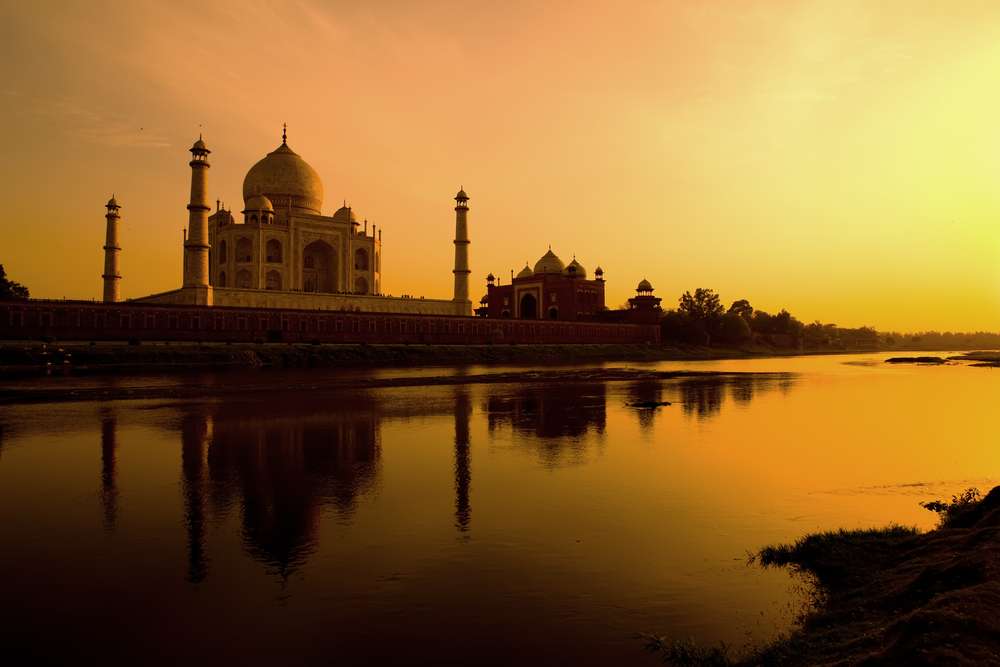India’s rich cultural heritage is reflected not only in its ancient monuments and vibrant festivals but also in its diverse arts and crafts traditions. From intricate handloom textiles and exquisite pottery to delicate jewelry and traditional paintings, India’s artisans have been honing their craft for centuries, passing down their skills from generation to generation. However, in the face of modernization and globalization, traditional crafts are facing challenges such as declining demand and competition from mass-produced goods. In this article, we explore the world of artisan adventures in India, highlighting the importance of supporting local crafts and artistry while celebrating the beauty and craftsmanship of handmade products.
Diverse Craftsmanship: Exploring India’s Artistic Heritage
India is home to a rich tapestry of artistic traditions, each reflecting the unique cultural heritage and regional identity of its artisans. From the intricate embroidery of Kashmiri shawls and the vibrant block prints of Rajasthan to the elegant woodcarvings of Kerala and the intricate metalwork of Odisha, Indian crafts encompass a wide range of techniques, materials, and styles. Every region of India boasts its distinctive crafts, passed down through generations and imbued with stories, symbolism, and cultural significance. Exploring India’s artisanal heritage is a journey of discovery, offering insights into the country’s diverse cultural landscape and the creativity of its people.
Preserving Traditional Crafts: Upholding Centuries-Old Techniques
Preserving traditional crafts is essential for safeguarding India’s cultural heritage and sustaining the livelihoods of its artisans. Many traditional crafts are rooted in centuries-old techniques and knowledge passed down through oral traditions and hands-on apprenticeships. However, in the face of changing market dynamics and economic pressures, traditional crafts are at risk of being lost to history. By supporting initiatives that promote artisanal skills training, provide access to markets, and raise awareness about the value of handmade products, individuals can play a crucial role in preserving traditional crafts and ensuring their continued relevance in a rapidly changing world.
Empowering Artisan Communities: Fostering Economic Sustainability
Artisan communities are often marginalized and economically disadvantaged, facing challenges such as limited access to markets, financial resources, and educational opportunities. Empowering artisan communities through initiatives such as fair trade, microfinance, and capacity-building programs can help create sustainable livelihoods and improve the socio-economic status of artisans and their families. By supporting artisan cooperatives, social enterprises, and craft clusters, consumers can contribute to the economic empowerment of artisan communities and promote inclusive growth that benefits all members of society.
Ethical Consumption: Embracing Conscious Consumerism
In an age of mass production and disposable consumer culture, ethical consumption is more important than ever. By choosing handmade products crafted with care and attention to detail, consumers can support local artisans, promote sustainable practices, and reduce their environmental footprint. Ethical consumption involves making informed choices about the products we buy, considering factors such as the environmental impact, labor conditions, and social responsibility of the companies and individuals involved in their production. By embracing conscious consumerism and prioritizing quality over quantity, individuals can make a positive impact on the lives of artisans and contribute to the preservation of India’s cultural heritage.
Cultural Exchange: Connecting with Artisans and Their Stories
One of the most rewarding aspects of artisan adventures in India is the opportunity to connect with artisans and learn about their craft firsthand. Whether it’s visiting artisan workshops, attending craft fairs, or participating in hands-on workshops, travelers can immerse themselves in the rich tapestry of Indian craftsmanship and forge meaningful connections with the people behind the products. Hearing the stories of artisans, understanding the symbolism of their craft, and witnessing the creative process firsthand adds depth and meaning to the experience of purchasing handmade products, transforming a simple transaction into a cultural exchange that enriches both the buyer and the seller.
Promoting Cultural Tourism: Experiencing India’s Artistic Heritage
Cultural tourism plays a vital role in promoting India’s artistic heritage and supporting local artisans. Travelers interested in artisan adventures can explore destinations known for their rich craft traditions, such as Jaipur for block printing, Varanasi for silk weaving, and Madhubani for traditional painting. By incorporating visits to artisan workshops, craft markets, and cultural landmarks into their travel itineraries, tourists can gain insights into India’s diverse artistic heritage and contribute to the preservation of traditional crafts through their patronage. Cultural tourism offers a unique opportunity to support local artisans, experience authentic cultural traditions, and create lasting memories that celebrate the beauty and diversity of India’s artistic heritage.
Conclusion
Artisan adventures in India offer a journey of discovery, celebration, and connection with the country’s rich cultural heritage and artistic traditions. By supporting local crafts and artisans, individuals can contribute to the preservation of India’s cultural heritage, promote sustainable livelihoods, and foster economic empowerment in artisan communities. Whether it’s purchasing handmade products, participating in cultural tourism experiences, or advocating for ethical consumption, every act of support makes a difference in the lives of artisans and ensures that India’s vibrant artistic heritage continues to thrive for generations to come.
Read more: Fashion Frontier: Trends and Opportunities in India’s Fashion Scene



